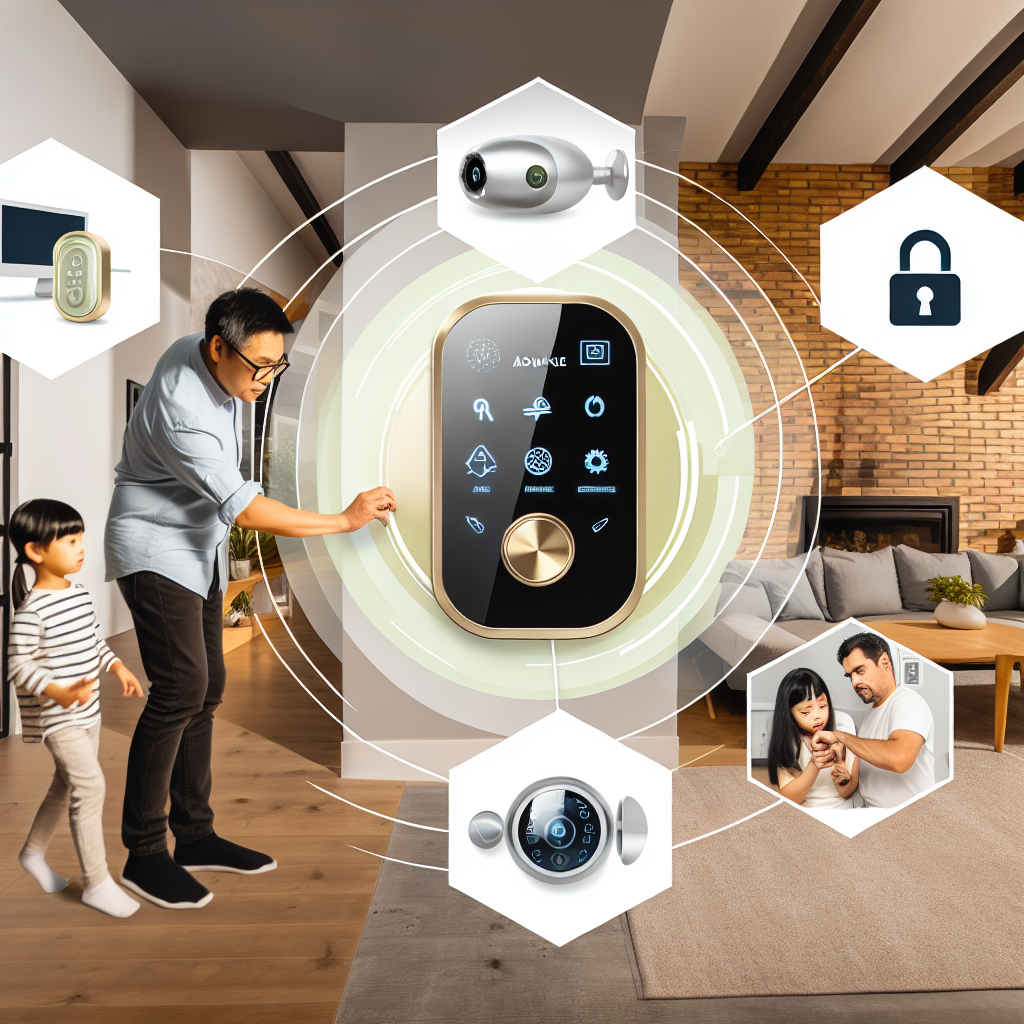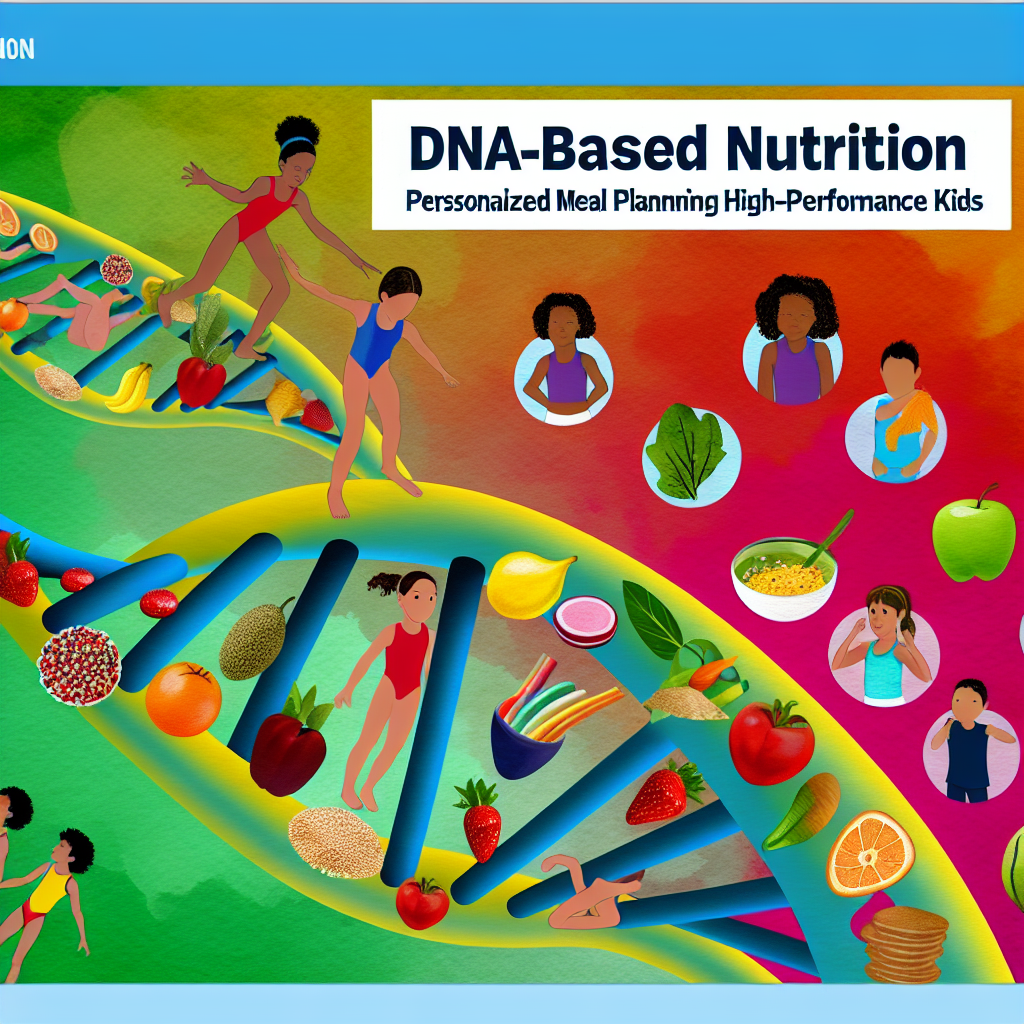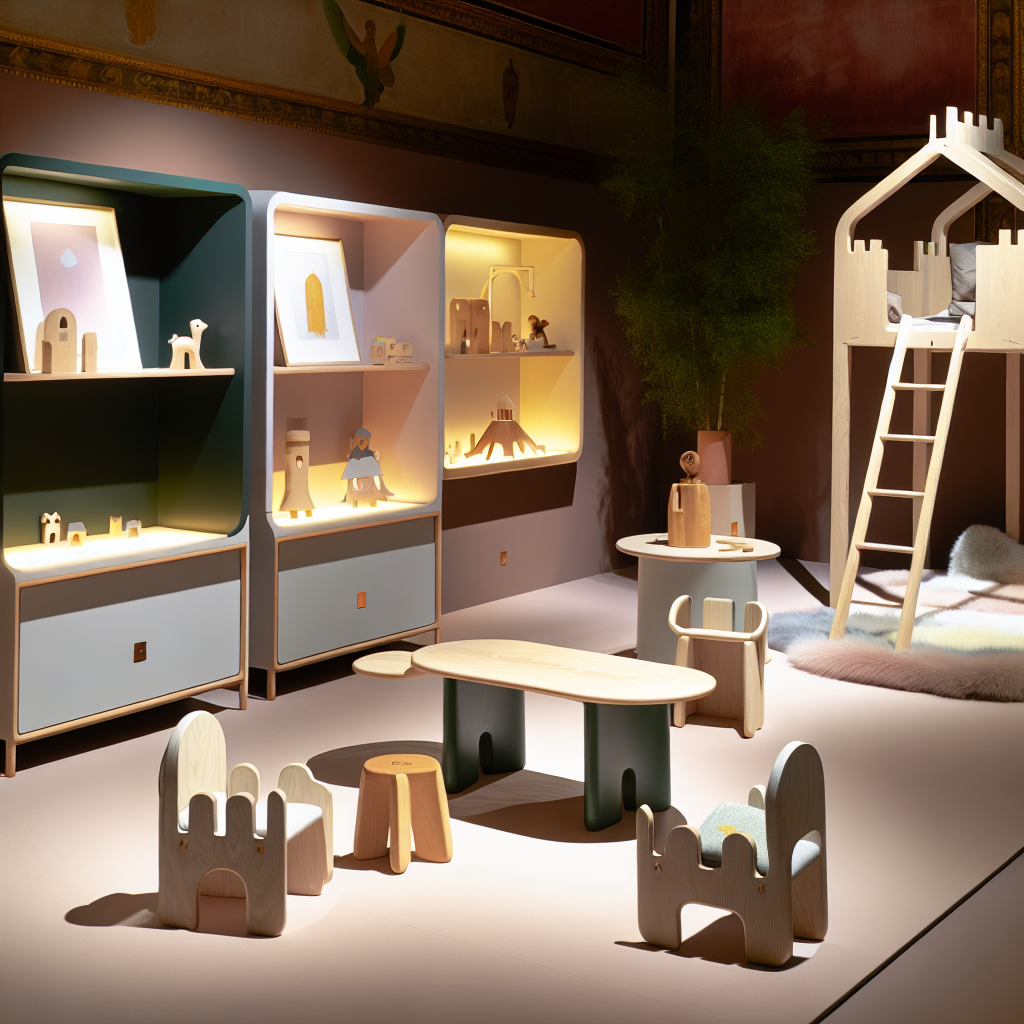Premium Safety Technology for Modern Families
Introduction
In today’s fast-paced digital world, where connectivity and convenience reign supreme, the concept of family safety has transcended traditional norms such as locked doors and neighborhood watch programs. For affluent families who prioritize luxury alongside the well-being of their loved ones, safety technology has evolved into a sophisticated, multi-layered approach that fuses innovation with a discerning lifestyle.
Modern parenting now encompasses more than just physical security. It considers emotional safety, internet security, environmental wellness, and vehicular protection—all managed through seamless, intuitive technology. From AI-powered home security to biometric-access armored vehicles, today’s innovations are not just tools—they are extensions of a modern, thoughtful parenting lifestyle.
For many high-net-worth families, investing in holistic home and digital safety ecosystems is now a priority. Considerations like secure digital identities for children, indoor air quality monitoring, and encrypted smart surveillance are critical in ensuring a safe, nurturing environment for growing families.
This article delves into the leading premium safety technology trends for 2024, from clinically-backed nursery tech to AI cyber guardians and advanced automotive protection—arming modern parents with the knowledge to choose safety without sacrificing sophistication.
Featured Technologies Rooted in Professional and Medical Studies
1. Smart Nurseries Powered by Medical-Grade Monitoring
Cutting-edge innovations are revolutionizing the classic nursery, offering parents both peace of mind and real-time health insights. Systems such as the Nanit Pro and Owlet Dream Duo go beyond basic video surveillance by incorporating medical-grade monitoring powered by AI and sensor technology.
These devices use pulse oximetry, breathing pattern analysis, room temperature data, and movement tracking to detect irregularities that might otherwise go unnoticed. A study by Brigham Young University found that the Owlet Smart Sock significantly reduced parental anxiety and improved caregiver sleep, indicating a measurable psychological benefit alongside physical safety.
2. AI-Powered Kid Wearables with Geofencing and Health Alerts
Gone are the days of basic child trackers. Today’s AI-enabled wearables such as the AngelSense GPS Tracker and Verizon GizmoWatch 3 offer dynamic safety features like real-time location tracking, two-way voice calls, and customizable geofencing alerts.
These devices can alert parents to unusual behaviors or deviations from approved routes using predictive AI algorithms. In families with children on the autism spectrum or those who are prone to wandering, this can be lifesaving. A report from the National Institute of Standards and Technology (NIST) revealed these tools significantly reduce response time during emergencies and can help prevent abductions.
Additionally, many of these devices include health tracking, including hydration levels, heart rate, and stress indicators, blending physical safety with health monitoring.
3. Cyber Safety Tools Backed by Cognitive Research
The online world, rife with opportunity and risk, demands stringent yet stealthy cyber monitoring tools tailored specifically for children. Programs like Bark and Qustodio use advanced algorithms to track social media, email, texting behavior, and web activity, flagging potential threats like cyberbullying, exposure to inappropriate content, or interactions with predators.
According to a study by the American Academy of Pediatrics (AAP), parental involvement in children’s online experiences correlates strongly with reduced screen addiction, improved mental health, and enhanced digital literacy in kids aged 8 to 14. Premium tools also include dashboard reports and real-time alerts, empowering proactive adjustment rather than reactive crisis management.
4. Advanced Home Surveillance and Biometric Access
The modern smart home is more than just connected—it’s intelligent and autonomously secure. Home surveillance systems from trusted innovators like Vivint and Crestron offer AI-enhanced cameras with facial recognition, intruder pattern detection, and biometric access control via fingerprints or retinal scans.
Unlike traditional alarm systems, these platforms integrate with private security networks, enabling instant action upon threat detection. Homeowners can remotely lock down properties, grant access to verified guests, or activate safe-room protocols. According to data from the Security Industry Association (SIA), homes employing biometric and AI systems reported a 48% lower incidence of burglary and unauthorized entry.
Expanded offerings also include environmental threat detection—spotting gas leaks, carbon monoxide, or unusual temperature shifts—broadening the notion of household protection from physical intrusions to environmental anomalies.
5. Luxury Armored Vehicles for Family Transport
Protection doesn’t stop at home. Today’s safety-conscious families are turning to luxury armored vehicles that merge refined aesthetics with military-grade security. Brands like INKAS and Rezvani specialize in family SUVs featuring bullet-resistant panels, reinforced car seat zones for children, and internal surveillance systems networked to smart home hubs.
Functionality includes real-time biometric monitoring of driver and passengers, AI-based collision avoidance systems, and intelligent route mapping accounting for crime zones and traffic patterns. Research from the MIT AgeLab confirms that such technology potentially reduces fatal accident risk by over 60%, especially for families logging high weekly travel mileage.
Conclusion
For today’s tech-savvy and forward-thinking families, safety is not a plan for the unexpected; it’s a way of daily living. Personalized digital ecosystems, AI-enhanced child monitoring, smart homes with biometric access, and fortified luxury vehicles are not just conveniences—they are markers of responsible modern care.
These premium safety technologies offer more than protection—they facilitate emotional well-being, reduce parental anxiety, and safeguard the developmental journey of children in an increasingly complex environment. In 2024 and beyond, adopting such innovations is no longer considered indulgent—it is intelligent, data-driven stewardship of a family’s future.
References
1. Owlet Smart Sock Study – PR Newswire
2. NIST Report on Child Tracking Technology
3. AAP Study on Media Supervision
4. Security Industry Association Insights
5. MIT AgeLab on Vehicle Safety

Dominic E. is a passionate filmmaker navigating the exciting intersection of art and science. By day, he delves into the complexities of the human body as a full-time medical writer, meticulously translating intricate medical concepts into accessible and engaging narratives. By night, he explores the boundless realm of cinematic storytelling, crafting narratives that evoke emotion and challenge perspectives. Film Student and Full-time Medical Writer for ContentVendor.com




